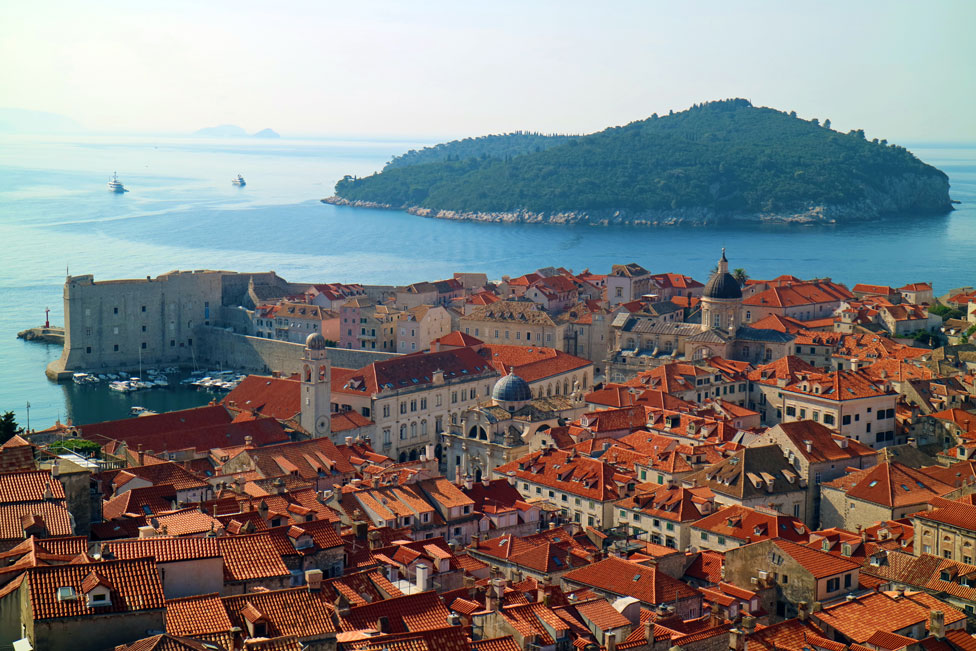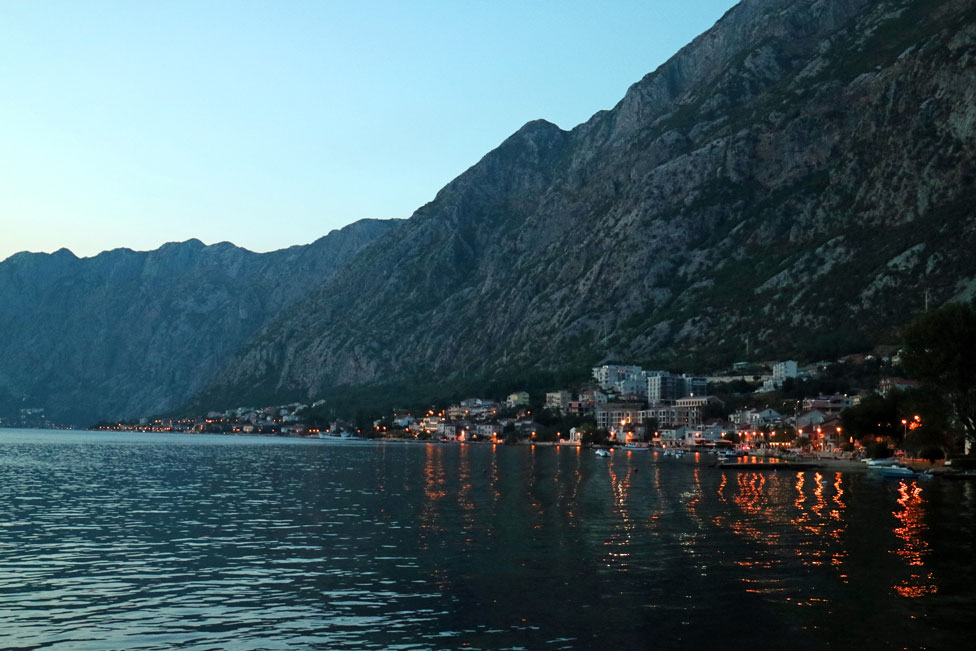Dubrovnik’s Dothraki-like hordes make Montenegro’s Bay of Kotor appealing
The Washington Post
By Erin E. Williams
October 9, 2019
Dubrovnik is a stunning but overtouristed medieval city
Blessed with a Mediterranean climate and a dramatic location between the Dinaric Alps and the sea, Dubrovnik has a well-deserved reputation as the “pearl of the Adriatic.” The Croatian city’s walled Old Town has been a UNESCO World Heritage site since 1979 — but in recent years, it has become an increasingly overtouristed destination.
Last year, a record 4.2 million tourists stayed overnight in Dubrovnik. Each day, especially during the high season in summer, cruise ship passengers flood Old Town, the centuries-old city center. “Game of Thrones” tours and souvenir shops capitalize on the city’s star-making role as King’s Landing, the capital of the series’ seven kingdoms. UNESCO has expressed concerns about sustainability, and the city is working to curb the influx; one measure limits the number of cruise ship passengers to 5,000 per day.
To avoid hordes that dwarf GOT’s Dothraki army, kayak or take a 15-minute ferry to Lokrum Island for spectacular views of the city (and the less attractive massive cruise ship skyline), monastery ruins, rocky shorelines, botanical gardens and olive trees. On your return, paddle alongside Dubrovnik’s ancient defensive walls that protrude from the sea.
Old Town is much quieter before the ships arrive or after they depart. Take a two-hour early-morning stroll atop the walls that stretch for 1.2 miles around tiled rooftops. Then wander the alleyways after sunset. Both perspectives offer centuries of still-relevant history more fascinating than fiction.
Location: Southern Croatia, on the Adriatic Sea.
The Bay of Kotor offers walled towns and natural beauty
A 1.5-hour drive from Dubrovnik to the Bay of Kotor, in neighboring Montenegro, can extend into several days of exploring the bay’s historical and natural beauty.
The mountain-ringed, winding bay extends inland from the Adriatic and is often mistaken for a fjord. It is actually a flooded river valley made up of four connected bays with 67 miles of shoreline. The road around the bay is dotted with medieval villages, family-friendly beaches and swimming platforms. Venetian-influenced Perast boasts baroque architecture, as well as a scenic waterfront facing two tiny islets: St. George, where a 12th-century monastery stands, and man-made Our Lady of the Rocks, which is accessible by water taxi and has a church and a museum.
Though the UNESCO-listed Kotor region was once an off-the-radar destination, parts of it, especially the well-preserved Old Town, suffer from uncontrolled development and overtourism similar to Dubrovnik. Stay in its quieter neighbor, palace-studded Dobrota, and stroll along the bayside boardwalk to Kotor (give cruise ship crowds wide berth by visiting in the morning or evening). Climb its mountain-scaling walls that glow at night like a ring of fire. Inside the fortifications, churches such as the 12th-century St. Tryphon Cathedral jostle for space alongside museums, restaurants and souvenir shops.
The wilder Luštica Peninsula at the entrance of the bay is home to “blue flag” beaches accredited for their safety, sustainability and accessibility. Seaside cliffs and vibrant green headlands create the perfect backdrop for sampling Montenegro’s hiking trails.
At the peninsula’s tip, you can cannonball into the Adriatic from swimming platforms in Rose, the region’s oldest settlement and a former fishing village. Once an Austrian fortress, Forte Rose Resort offers attractions including bay views, beaches, scuba diving and boat tours that reflect the area’s compelling past, on and above the sea.
Location: Kotor’s Old Town is about a two-hour drive from Dubrovnik. Buses run regularly between the cities.
Original at The Washington Post.
PDF here: 2019-10-13 Croatia.





